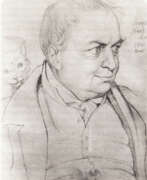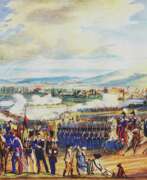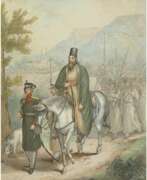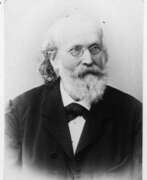Engravers Biedermeier


Joseph Anton Koch was an Austrian painter, draughtsman and printmaker, master of etching and illustration, novelist and representative of the classicist landscape in German art. In his native country he was associated with the Biedermeier aesthetic, and in Rome with the Nazarene society.


Gustav Kraus, also known as Gustav Friedrich or Gustav Wilhelm, was a Bavarian painter and lithographer.
He studied at the Munich Academy of Fine Arts and was admitted as a member of the Munich Art Society, and is considered a representative of the Biedermeier. In 1836 he founded his own lithographic publishing house. In his landscape works, Kraus combined topographical precision with artistic quality.
His urban and architectural vedute, depictions of historical events, including maneuvers, parades, processions, inauguration ceremonies, portraits of noble contemporaries, sketches of costumes and uniforms were published by many publishing houses. One of the most valuable of Kraus's works today is the depiction of the Oktoberfest procession of 1835 with 24 colorful lithographs.


Georg Emanuel Opiz was a German painter of the first half of the 19th century. He is known as a painter, graphic artist, printmaker and author of historical novels, publishing under the pseudonym Bohemius.
Opiz began his career with portraits, but from 1807 moved on to genre subjects. He became famous for his watercolors and gouaches depicting daily life in Paris during the Napoleonic I era. His series of lithographs "Cossacks in Paris", executed from life in 1814, became very famous. In 1819 he published a series of 24 color prints "Scenes of Characters from Life in Paris". In the 1820s, Opiz created a series of watercolors, presumably inspired by trips to Russia and the Ottoman Empire.

